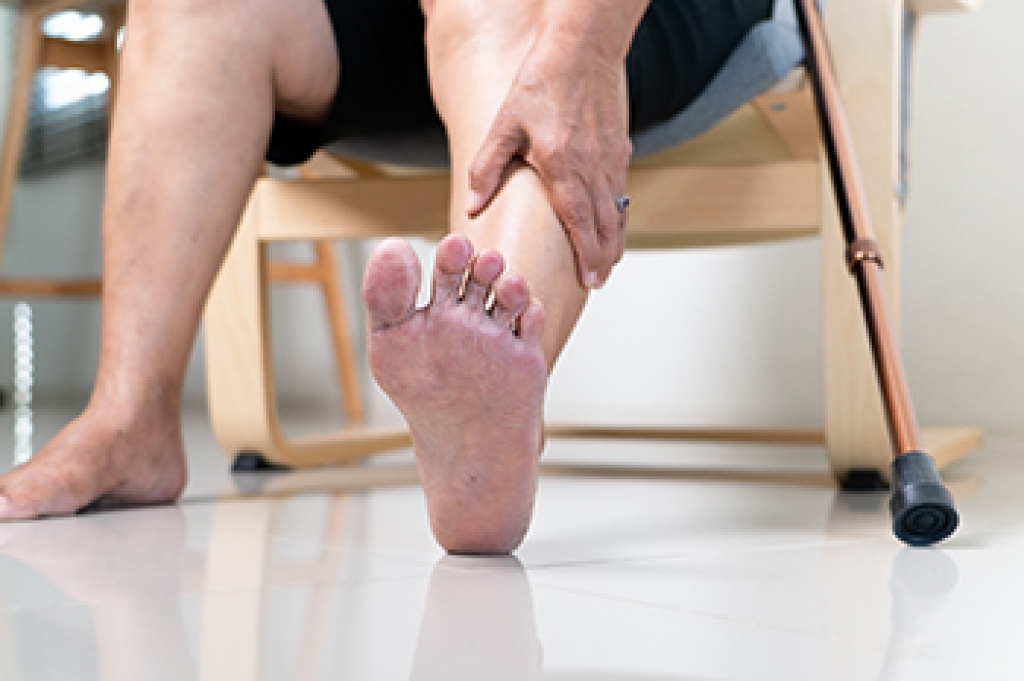
Aging can affect the way the feet feel and move, and seniors often notice changes in balance, comfort, and stability as soft tissues lose elasticity and arches weaken. Joint stiffness, bunions, stress fractures, and changes in bone strength can make walking uncomfortable. This is especially true when shoes that lack adequate support or worn-down flip-flops place extra pressure on the toes and heels. Seniors are also more prone to conditions like plantar fasciitis and Achilles tendinitis as the arches flatten and the ligaments stretch. Regular foot checks help identify swelling, changes in toe alignment, and areas of irritation before they worsen. A podiatrist can assess gait, evaluate the health of the toes, ankles, and arches, and recommend treatment to protect long-term mobility and keep the feet functioning well. If you are an older adult experiencing foot problems, it is suggested that you make an appointment with a podiatrist for a diagnosis and treatment.
If you need your feet checked, contact Darlyne Cange, DPM of Cange Podiatry, DPM, PA. Our doctor will attend to all of your foot and ankle needs and provide you with quality treatment.
Geriatrics and Podiatry
When people age, some common issues that may occur are bone density loss, dry skin, poor circulation, and rough brittle nails. These issues may also affect your foot health if the necessary steps are not taken to alleviate the problems.
It is important to take care of your feet because feet that are injured or diseased can affect your overall health. Having painful feet hinders your ability to do daily activities or may decrease your willingness to do the things that you need to do.
Visiting Your Geriatrician
As we age, health problems become more likely, so it is essential to visit your doctor for check-ups to ensure that you are doing the best you can to take care of your health. It is recommended to check your feet frequently for any possible cuts, bruises, swelling, corns or any other irregularities.
Taking Care of Elderly Feet
Cracked or dry feet can be treated by applying moisturizer often. It is also important not to wear old socks because the older the sock is, the higher the possibility there will be that there is bacteria there. Wear fresh socks and make sure they fit properly.
Proper foot health means that you can have a more active lifestyle and you will not be bogged down by pain. Foot health also leads to good circulation, which is paramount for overall health.
If you have any questions, please feel free to contact our offices located in Glen Burnie and Ellicott City, MD . We offer the newest diagnostic and treatment technologies for all your foot care needs.




